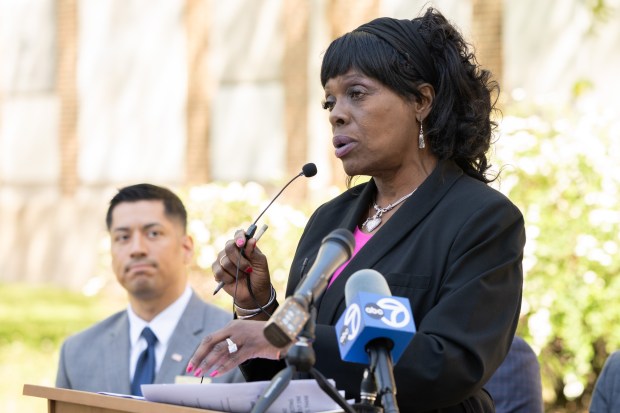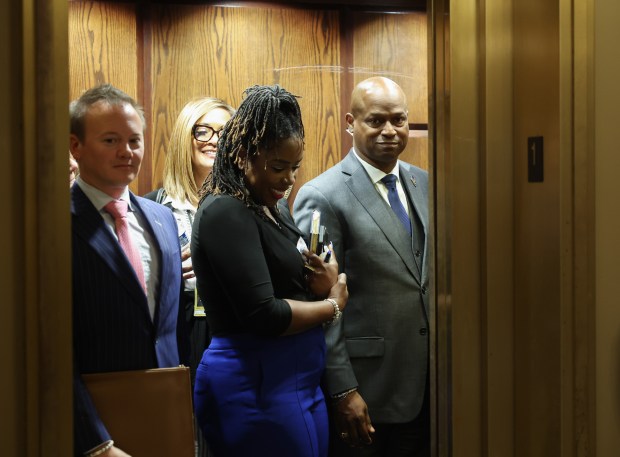Theodore Roosevelt High School alumni have kept its greatness alive even as it sits like a vacant shell of black and gold glory days past.
A strong undercurrent of pride guides efforts to honor the school whose bricks and mortar represented Gary’s desire to separate white students from Blacks.
“It was for us,” said Judy Mead, president of the National Theodore Roosevelt Association. “They were busy trying to keep us confined,” she said of city leaders’ early attempts to keep Blacks restricted to the area known as Midtown.
On Wednesday, Mead and other alums gathered in front of the school to celebrate Roosevelt’s inclusion on the National Trust for Historic Preservation’s 11 Most Endangered Places, a valued recognition they hope will galvanize financial support to reopen Roosevelt, at 730 W. 25th Ave., as a Midtown anchor.
They heard speakers like Eunice Trotter, director of Indiana Landmarks Black Heritage Preservation Program; Brandon Bibby, architect of the National Trust’s African American Cultural Heritage Action Fund; and Mayor Eddie Melton.
“This has been a long time coming,” said Melton. “At a time in this country when they’re trying to erase history, especially Black history, people have been fighting every year to make sure this one building stays on the radar.”
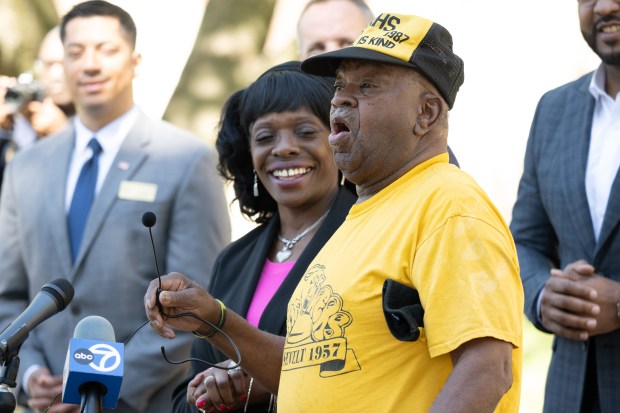
The National Trust’s president and CEO Carol Quillen said by including Roosevelt on its endangered list, she hopes it can spark the restoration.
“The building was still a functioning school just five years ago, so by taking incremental steps, restoring and adapting the property is an entirely attainable goal. We stand behind the many incredible advocates determined to preserve the iconic property and adapt it for uses that serve the surrounding community.”
Marlon Mitchell, executive director of the Gary East Side Development Corp., hopes to devise a strategy to give the school back to the community. “415,000 square feet. What do you do with it?” he asked.
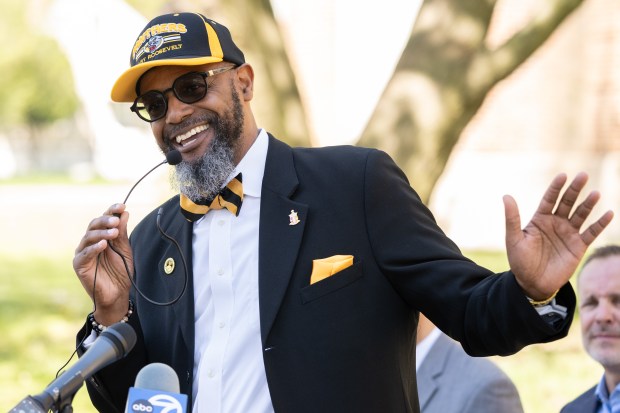
“It’s going to be a humongous effort. We need to save this building. It’s a symbol of what Gary was and what Gary will be.”
It’s likely development will be in a phased approach, said Tiffany Tolbert, of the National Trust.
She said being on the 11 Most Endangered List, a highly competitive desired designation, is critical to raise awareness. She said of the 350 past sites on the list, only a handful of them have been lost.
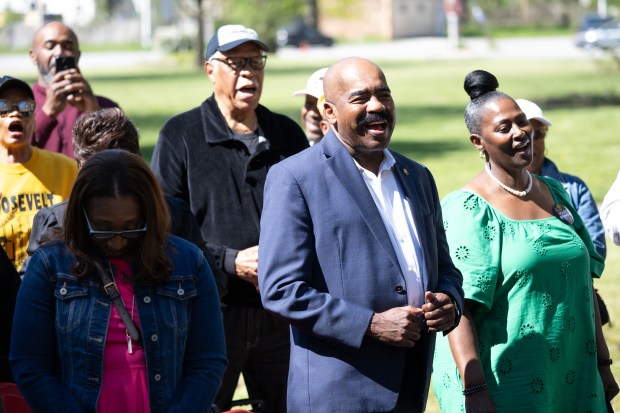
“Success comes from a strong vision. These things take time,” she said.
A coalition including the Gary East Side Community Development Corp., National Gary Theodore Roosevelt Alumni Association, Indiana Landmarks Black Heritage Preservation Program, and other key partners are exploring a feasible future for the school, which closed in 2019 because the school district couldn’t afford the estimated $15 million in infrastructure repairs after pipes burst during a cold snap.
In the 1920s, the school district sent 18 Black students to all-white Emerson High School and white students staged a series of protests and walk-outs.
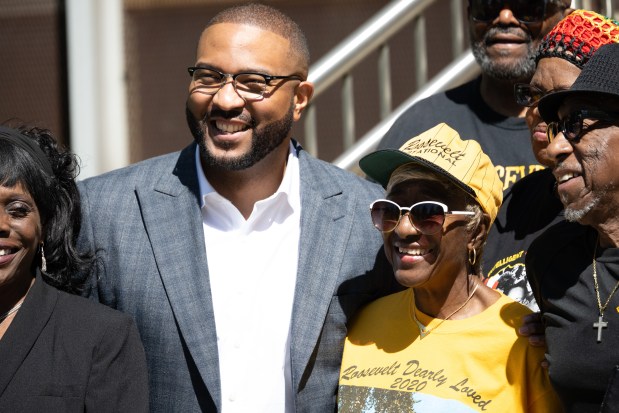
City, school and NAACP leaders decided to build a school for Blacks.
Designed by Chicago architect William B. Ittner, Roosevelt was built in 1930 at a cost of about $600,000.
Roosevelt became one of three high schools built in Indiana during the Jim Crow era. It featured an auditorium, a swimming pool, two gymnasiums and 24 classrooms. Even the classroom clocks marked the new modern “silent” variety. A sleek panther in gold and black colors became the mascot.
Roosevelt boasts a host of well-known athletes including boxer and Olympic gold medal winner Charles Adkins; multiple Olympic track gold medal winner Lee Calhoun; NBA basketball players Dick Barnett, Winston Garland, and Glenn Robinson; NFL players Gerald Irons and George Taliaferro. Lloyd McClendon, Joe Gates and Wallace Johnson all played for Major League baseball teams.
Entertainers include William Marshall, Avery Brooks, Tony DeNiro, and four of the Jacksons — Tito, Jackie, LaToya and Rebbie.
The boys track team racked up multiple state titles, more than any Indiana school.
“It produced some of the most successful people in the nation in all fields,” said Trotter. “It fell into disrepair. It is in jeopardy and we cannot lose this treasure.”
The community wants Roosevelt heritage preserved, she said.
“It’s one of the city’s cultural treasures. It’s a community anchor, a symbol of resilience of African Americans and it connects the past to the future.”
Standing on the school’s front lawn Henry Taylor, a 1978 Roosevelt grad, said he’s glad to see the school where his parents first met was experiencing a resurgence.
“The legacy was handed down from teachers to students. It was a Black school and source of pride,” he said.
Taylor and others belted out the school’s fight song as the program ended.
Nikki Byrd, a 1965 graduate, said the school included grades K-12 when it first opened. She’s hopeful that Roosevelt can again be elevated to the status it deserves.
“I’m so happy,” she said. “I’m thankful. Display all the trophies and make it a museum with pictures so the community can see what it was and share the pride.”
Carole Carlson is a freelance reporter for the Post-Tribune.


